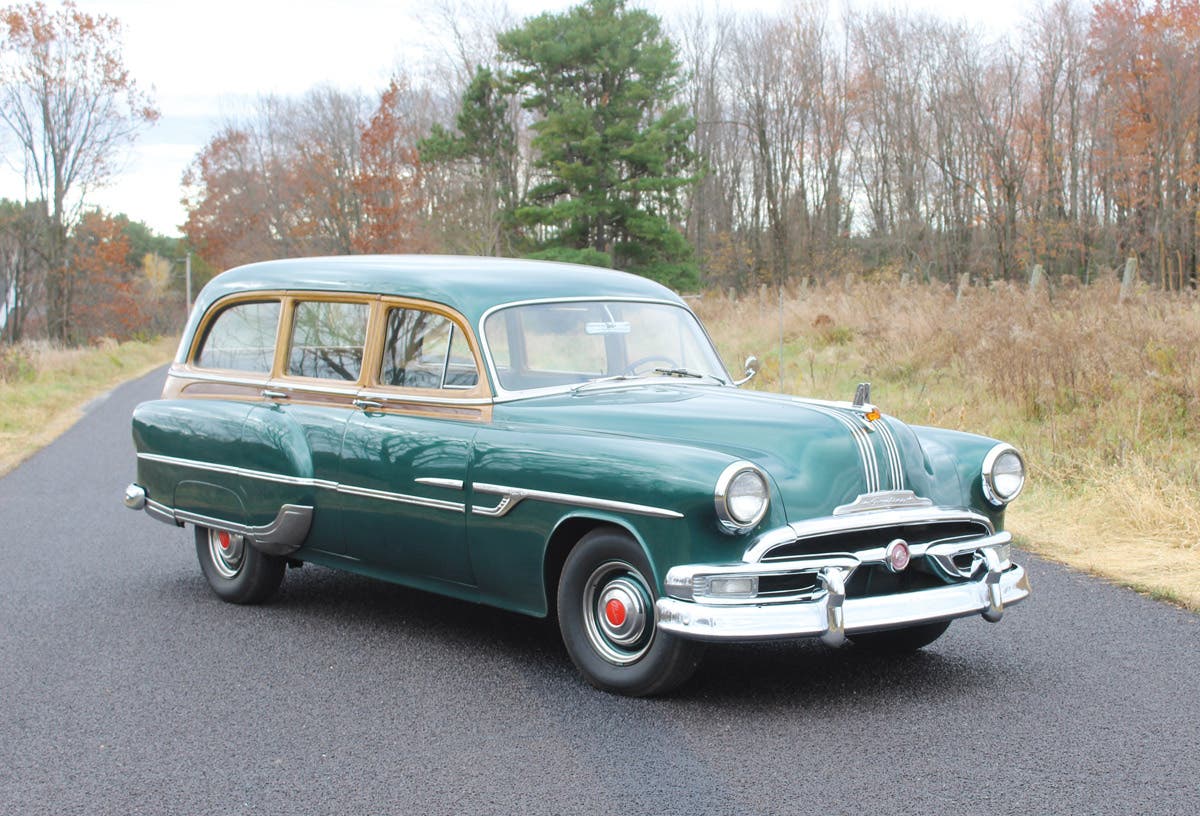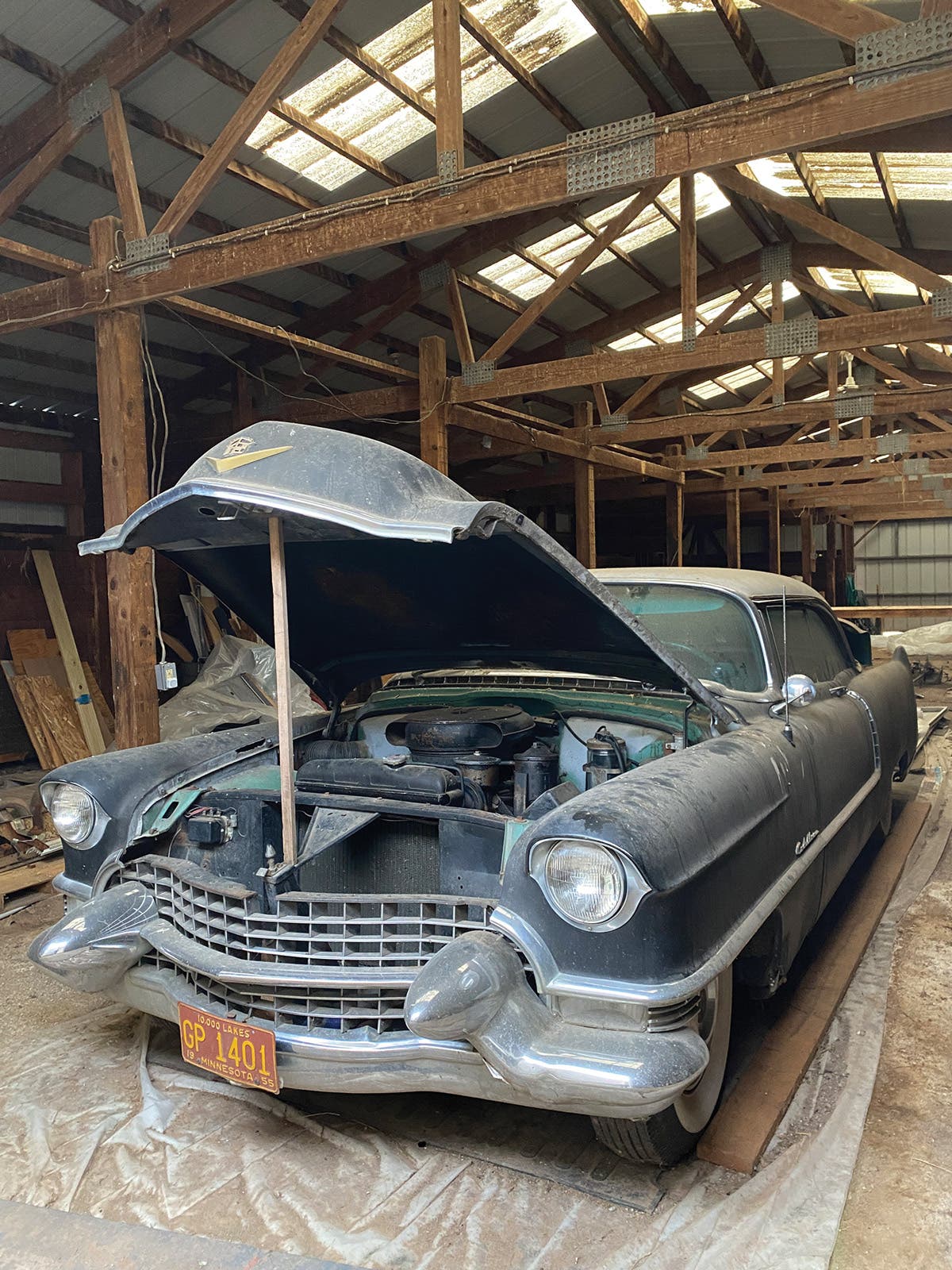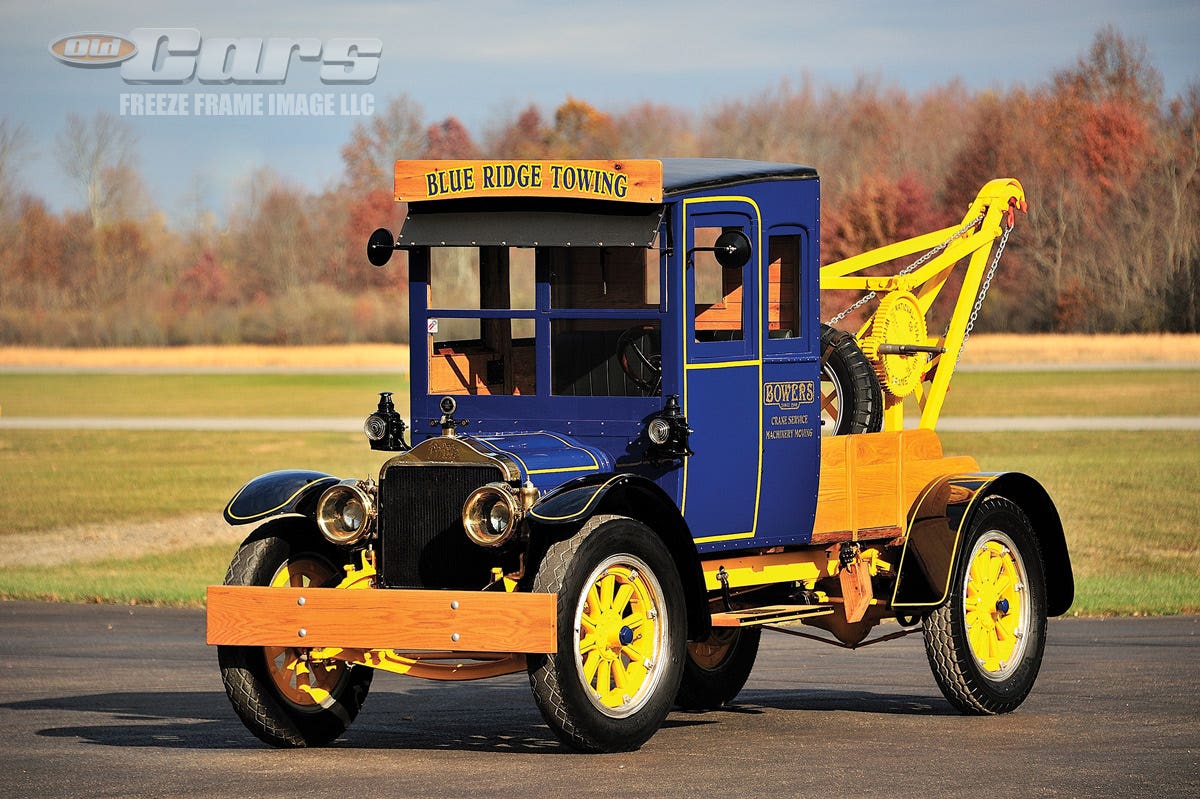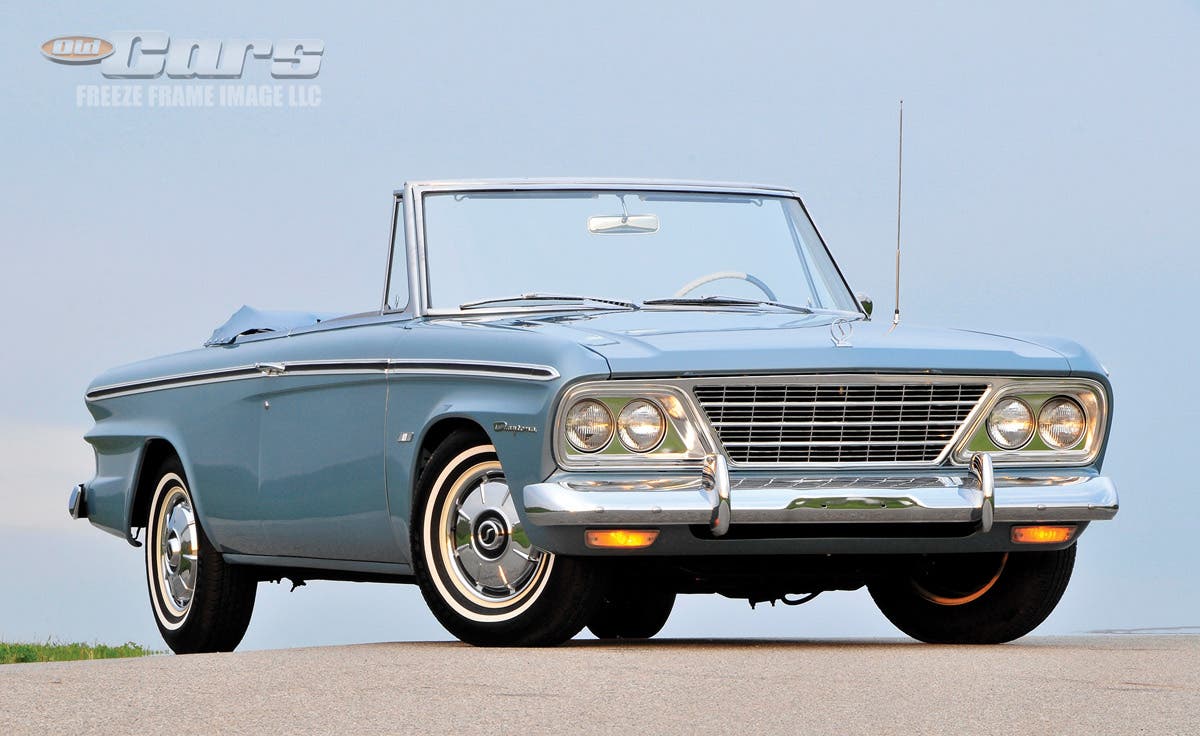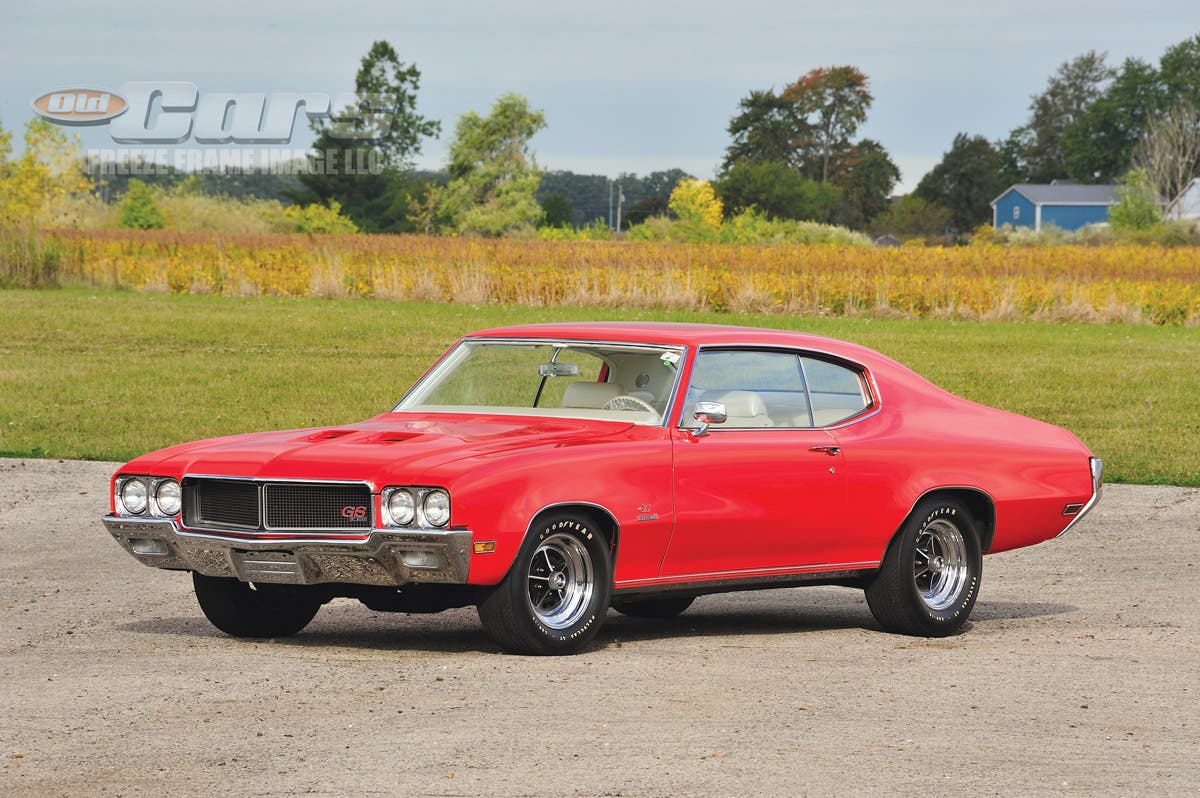Car of the Week: 1949 BMW 321
This 1949 BMW 321 may be only example in the United States.
Story by Dave Doucette; Photos by Robin Hedma
In the 1930s, BMW was mainly known in Germany for producing motorcycles and airplane engines rather than automobiles for the relatively small portion of the German population who could actually afford to own one. However, it had begun automobile production in 1929 by building a small car under license from the Austin Motor Co.; this car was superseded by cars of the company’s own designs in 1932.
When BMW introduced the 321 model in the late 1930s, it was aimed at Germans who were not necessarily wealthy, but economically comfortable enough to afford a stylish sedan or cabriolet.
The four-passenger BMW 321 was produced from 1938 until 1941, when all industrial production was overtaken by the German military’s needs. That included the BMW plant in Eisenach, where the 321 was manufactured. When World War II ended, Eisenach fell behind the Soviet lines and production of the 321 eventually resumed in 1945 under communist control. The company produced almost 9,000 of the models until 1950, when BMW of West Germany regained control of the BMW name.
The postwar 321s were never exported, except to the USSR, where they were popular with government functionaries. But a few did make their way through the Iron Curtain, and that’s where the known story of Brian Kinports’ 1949 BMW 321 coupe begins. How his car escaped from East Germany is unknown, but it ended up in a museum in Finland before coming to the United States, where it became part of a collection of BMWs in South Carolina.
Brian, who lives the in the Tampa Bay area and owns several BMWs, knew the son of the collector, who was disposing of his father’s cars. Brian was interested in adding another BMW to his family, so he traveled to see the collection and found the 321 there.
“The 321 just caught my eye,” Brian says. “It didn’t run at the time, but got it started long enough to fit it in the trailer.”
Brian’s BMW might be the only postwar 321 coupe to find its way across the Atlantic Ocean. He knows of a 1939 cabriolet that’s owned by a family in Cincinnati, but there just isn’t any readily available data on other 321s known to be in the United States.
Andreas Harz of the BMW Group Classic in Germany says little information about the 321s exist in its records.
“Unfortunately, the delivery records for those years don’t exist anymore, neither in our records nor in those in Eisenach,” he says. “Since Eisenach was in the Soviet occupation zone after the war, it is rather unlikely that these cars were exported to the U.S. in the first place.”
Dirk de Groen of the BMW Classic Car Club of America agrees that Brian’s car might be the only postwar 321 in the country.
“He is the only member of our club who owns a BMW 321 from after the war,” Dirk says. “I have no idea how many of these cars there are in this country as there is no registry.”
Brian’s coupe carries a two-tone dark maroon and pale yellow paint scheme. It is powered by a 1972cc inline six-cylinder engine with a 6:1 compression ratio producing 45 hp and 81 lb-ft of torque. The engine uses an updraft Solex carburetor. The live-axle, torsion-bar rear axle gear ratio is 4.55:1. Four-wheel drum brakes provide stopping power for the 2,315-pound car. All of that translates through a four-speed manual transmission to provide a top speed of nearly 70 mph. Contemporary data estimated a 0-to-60-mph time of 29.3 seconds, with a quarter-mile time of 23.5 seconds.
The 321 was introduced as a successor to the 320. It sat on a shortened version of the BMW 326 chassis. In addition to larger tires, it used the front suspension from the earlier 326 model with upper control arms and a low-mounted transverse leaf spring.
Brian says he’s driven the car at cruising speeds and it’s stable, but probably not on high-speed interstates. He adds that his 321 does not have a high-point, nearly perfect restoration, but it was in very good condition when he acquired the car earlier this year. Steadily, Brian is working to improve the 321’s mechanical and cosmetic features. However, finding parts is often difficult, but not always so.
“The first part I needed was a starter solenoid, because it wouldn’t engage the starter,” he says. “I found a six-volt piece that fits a Mercedes.”
And he says he’s found smaller parts (fittings, etc.) on Amazon. But in some cases, that means taking a damaged or worn-out part, measuring it and trying to adapt something from another application. Brian says he’s heard that there is a good source of 321 parts in Europe, but as of now, he hasn’t had to go that far.
One of the easier parts that Brian was able to source were reproduction tires to replace the old, worn tires that came on the car.
The interior is in good shape, but Brian isn’t sure if the current fabric is original. There is no trace of sales materials from the time, and given the shortage of materials after the war, it’s possible that several different styles of fabric were used during the brief production run.
The car has several unusual features. For example, the small trunk space is only accessible by removing the lower rear seat and lifting the rear seat back, which is hinged at the top. The small space has a pair of wooden rails likely designed to allow suitcases (or an actual trunk) to be installed. Turn signals are mounted on the cowl of the car, just in front of the doors, as on many European cars of the period. A switch on the dash activates a small solenoid that flips an orange marker out and upward in a similar fashion to Volkswagens of the 1950s that had similar semaphores in the B pillars. And on the floor, just above the foot-activated headlamp dimmer switch, is a larger lever that, when pushed, sends oil to all four wheel hubs. Brian says he isn’t sure of the purpose of the system, but there is a reservoir for the oil. A small took kit is mounted on top of the firewall on the driver’s side.
Brian’s plans for the 321 include continued efforts to improve it, such as rechroming several pieces, while enjoying the car. He takes it to car cruises around the Tampa/St. Petersburg area on a regular basis.
SHOW US YOUR WHEELS!
If you’ve got an old car you love, we want to hear about it. Email us at oldcars@aimmedia.com
If you like stories like these and other classic car features, check out Old Cars magazine. CLICK HERE to subscribe.
Want a taste of Old Cars magazine first? Sign up for our weekly e-newsletter and get a FREE complimentary digital issue download of our print magazine.



